Atypical Teratoid Rhabdoid (ATRT) Tumors
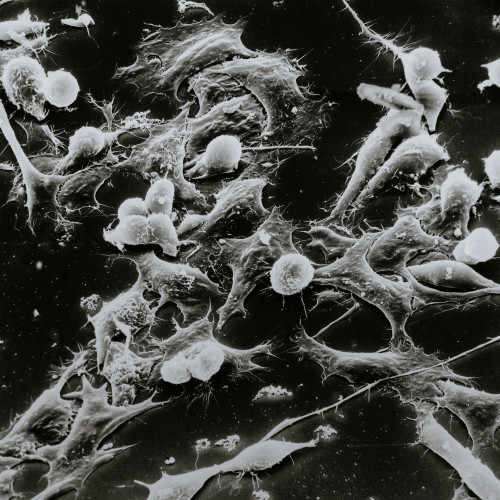
What is an Atypical Teratoid Rhabdoid Tumor (ATRT)?
Atypical Teratoid Rhabdoid Tumor, or ATRT, is a tumor in the primary central nervous system. It forms in the brain or more rarely, the spinal cord. It can also form outside the central nervous system, but this is rare. ATRTs develop from several different types of young celled called embryonal cells.
To diagnose ATRT, a piece of tumor tissue must be removed during surgery, if possible.
All ATRTs are classified as Grade IV tumors, which means they are malignant, or cancerous, and fast-growing.
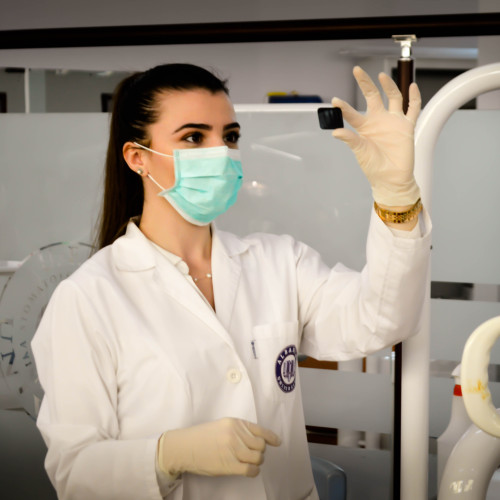
How is an ATRT diagnosed?
If possible, a piece of tumor tissue will be surgically removed and then reviewed by a neuropathologist to diagnose an ATRT.
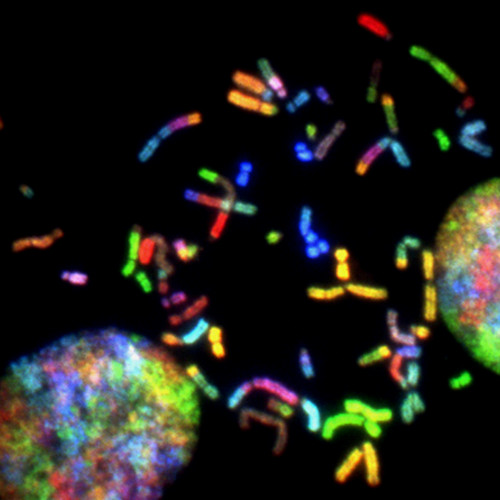
What causes ATRTs?
Cancer is caused by certain mutations to the genes that control the way our cells function. Most ATRTs are caused by mutations in a gene known as SMARCB1 (also called INI1), the gene that normally signals proteins to stop tumour growth. IN ATRTs, SMARCB1 doesn’t function properly and tumours can grow uncontrolled. SMARCB1 can sometimes be found in DNA, meaning a person was born with it.
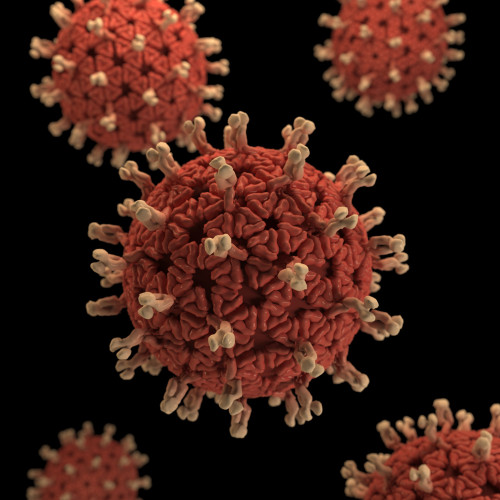
Do ATRTs spread?
ATRTs can grow very quickly. The often spread to other areas of the central nervous system through cerebrospinal fluid.

What are the symptoms of ATRT?
Morning headache or headache that goes away after vomiting
Nausea and vomiting
Unusual sleepiness or change in activity level
Loss of balance, lack of coordination, or trouble walking
Increase in head size (in infants)
Since ATRTs are fast-growing, symptoms usually get worse quickly.

Who is at risk for ATRTs?
ATRTs occur in both children and adults and are very rare in both age groups. There have been only 50 reported cases in adults. An estimated 596 people are living with this tumor in the United States. ATRTs occur slightly more often in males than females.

What is the prognosis of ATRTs?
The relative 5-year survival rate for ATRTs is 32.2%. However, factors such as tumor grade and type, traits of the cancer, the patient’s age and health when diagnosed, and how they respond to treatment can all affect an individual’s prognosis. You should always speak with your doctor to understand your or your loved one’s prognosis.
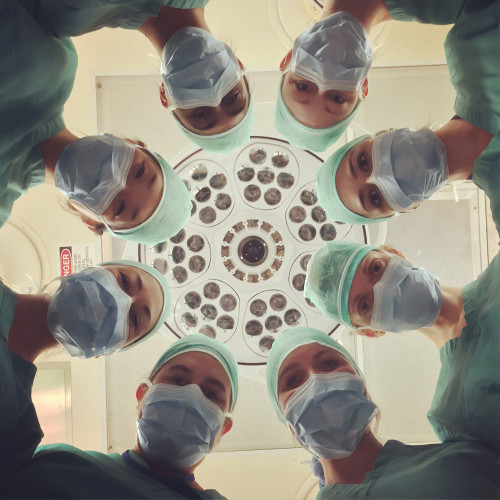
What are treatment options for ATRTs?
The first treatment for an ATRT is surgery, if possible. The goal of surgery is to obtain tissue to determine the tumor type and to remove as much tumor as possible without causing more symptoms for the patient.
Patients with ATRTs usually receive further treatments after surgery, which may include radiation or chemotherapy. Clinical trials with new chemotherapy, targeted therapy, or immunotherapy drugs may also be available and can be a possible treatment option. Treatments are decided by the patient’s health care team and are based on the patient’s age, remaining tumor after surgery, tumor type, and tumor location.
Sources: https://www.cancer.gov/rare-brain-spine-tumor/tumors/atrt

ATRT brain tumours so rare that they represent only 1–2% of all paediatric brain tumours in children up to 16 years old. Of approximately 58 people globally who receive this diagnosis every year, all but 2 are likely to be children.
Supporting Our Cause

Your donation helps create fun experiences for children in palliative care, provides financial support for their families, and goes toward important research on rare pediatric cancers and treatments.